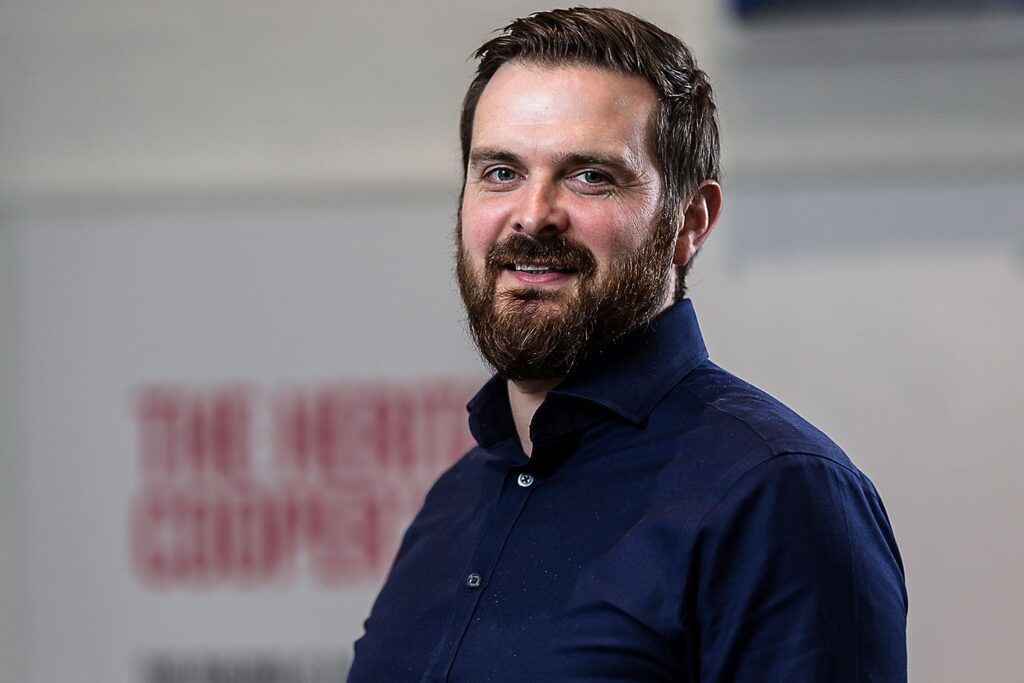We sat down with Graham Kelly, the director of award-winning BIM Academy, to discuss how they use digital information to tackle the challenges facing the construction industry.
Digital Construction and the BIM Academy
Digital construction is a catch-all term for anything that touches digital within the construction sectors. It involves different technologies, from 3D modelling, laser and drone scanning, to costing and programming, and more.
BIM Academy was established in 2010 as a joint venture between Ryder Architecture and Northumbria University. The company was set up as a centre for excellence for all things BIM (Building Information Modelling), which is a process around how to manage digital information on construction projects.
BIM Academy deals with four areas:
- Strategy – helping organisations understand how they can digitally transform within what they do.
- Project management – embedding digital construction processes from project inception to help protect and prioritise development objectives.
- Research – Northumbria University is looking at cutting-edge opportunities within the built environment sector, such as connecting sensors to homes to better understand the internal environment quality and energy use within buildings to improve occupant wellbeing and landlord costs.
- Learning and Development – a range of courses run by BIM Academy, which combine academic rigour and latest theory with real-world case studies
Current Construction Challenges
There are two massive challenges currently facing the construction industry.
One of those is sustainability and the climate crisis, such as the built environment sector, which accounts for 45% of the UK’s CO2 emissions, with around 10% specifically associated with the construction industry.
“From a climate emergency perspective, by the very nature of what we do, there’s inevitably digital tools and technologies that allow us to better design, build, manage, and maintain buildings and infrastructure assets in a more sustainable way,” Kelly said. “In terms of answering these challenges, it’s about putting the right tools in the right hands at the right time, on projects. So, we advise clients, contractors, designers, what digital technology tools to use when, and why to use them.”

Graham Kelly, Directory BIM Academy
The other challenge is the Building Safety Bill, which came off the back of the Grenfell Tragedy four years ago.
There are about 18 new pieces of legislation coming out for how we design, build, and manage our buildings more safely. In particular, the legislation focuses on high-risk buildings, buildings over 18 metres – or six stories – that are residential, or a sleep risk. This would be places where people sleep, such as hotels and hospitals.
“We will need a golden thread of fire and structural safety information throughout design, build, construction, into operation,” Kelly said. “That golden thread is the digital link of information, and we are best placed to support how people define that information, manage it, collate it, and then subsequently use it during the use of the building.”
More generally, the biggest challenge in the construction industry is taking it from a manual, analogue industry that is paper-based, to one where data and information are used in a reliable, consistent, coordinated way. The BIM Academy is set up to advise, mentor, and train organisations to improve the way they do what they do, and inevitably improve their efficiency. This improves the quality of information and assets being built.
Newcastle Projects
There are two university estates that sit within the middle of the city. BIM Academy has worked with them alongside other experts to look at ways to improve the management of their estates through digital mechanisms.
“They are still trying to work out the best way to do it, but I think the huge amount of knowledge we have gained can be fed back into these universities,” Kelly said.
He noted the collaboration between the two universities with the Computer and Information Sciences (CIS) department in Northumbria, and National Innovation Centre for Data (NICD) at Newcastle and the Catalyst as great places for data innovation, conversations, and opportunities.
Moving Forward
Within the digital construction industry, the idea of a digital twin – a digital representation of a physical asset, updated from real-time data, using simulation, machine learning and reasoning to help decision-making – is gaining traction within the industry.
The Centre for Digital Built Britain, which creates a premise for a national digital twin that will have implications around sustainability and understanding assets and their operation.
Kelly said. “A Digital Twin within construction can mean so many different things, it is an emerging concept. Because of this, we are concentrating on the value Digital Twins can create and how we can securely exploit data to answer some of the grand challenges our industry faces.”



